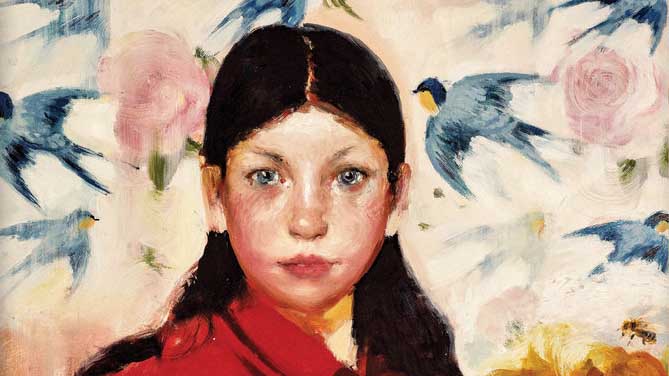
The Dutch House, the new contemporary literary novel by Ann Patchett, is a family saga in the proud tradition of what used to be an all-male club of the Johns – O’Hara, Cheever, and Updike. And, like so many stories in that legacy, it’s set in Pennsylvania, this time specifically in Elkins Park, a suburb of Philadelphia. And almost as an homage, the characters are repeatedly taking commuter trains into New York City, and their Ivy League educations figure strongly in the plot. It’s an American milieu that all English-literature majors will find familiar.
The first-person narrator throughout is Danny Conroy, and the heart of the story is his abject devotion to his older sister Maeve. The book’s title refers to its other, silent main character, the mansion where these two share their childhoods.
Some might say the Dutch House is cursed. Others would think it’s a symbol of the upper-middle-class extended family. Maeve and Danny’s father, Cyril, is a self-made real-estate mogul who apparently bought the distressed property on a whim – as a gift for their mother, his first wife – a nonmaterialist almost-nun who quickly came to loathe it and its trappings of Gilded Age wealth.

The book’s cover is the designer’s notion of the painting of Maeve that Cyril commissioned, intending for the artist to paint a full set of family portraits that would replace the grandiose oils of the house’s austere former owners. The black-attired VanHoebeeks had made their fortune in the wholesale distribution of cigarettes. Rather like a suite of museum replicas, the rooms of the house came fully furnished with not only the patrons’ portraits and antique furniture but also with a somber air of social propriety.
I find it impossible to go further without including some spoilers. The story unfolds over five decades, always moving forward in time but punctuated with flashbacks in no particular chronological order. The two most significant impacts on Danny and Maeve are the departure of their mother Elna and the arrival of their stepmother Andrea. Elna abandons the family for reasons only to be parsed much later by her children. Andrea is not so evil as to be a stereotype, but she is scheming and greedy. She brings her own two children, Norma and Bernice (who answers to Bright). And, also avoiding stereotype, those girls aren’t evil either but rather shy and submissive, no rivals for the older and cleverer Conroy kids.
When Cyril dies prematurely, Andrea considers the house entirely hers (having set up the estate terms long before), and she expels Danny and Maeve. At this point, Maeve is in college at Columbia and Danny is a teen, soon to be sent away to boarding school at Choate.
But despite the fact that their father is dead and their mother seems to have gone permanently missing, their stately home exerts a pull on the Conroys that they can never escape. From time to time over the years, Danny and Maeve park in a car in front of the place and share smokes as they trade memories and heartaches.
If you’ve read this far, rest assured I haven’t given away all that much. I wouldn’t describe The Dutch House as suspenseful so much as continually unfolding with occasional surprises, some of them emotionally stunning.
Reading The Dutch House will immerse you in a world, embodied in the house, and the complex network of relationships woven around the characters who come to live or work there. Another way Patchett’s novel harkens back to its literary forebears is that Danny’s narrative tells more than it shows. This isn’t a movie. It’s a long monologue spoken by a pragmatic man who doesn’t understand much of his life while he’s living it.
The love of Danny’s life is his sister, even though he is attentive to and supportive of Celeste, the woman he finally marries at Maeve’s insistence, and his own children. Likewise, Maeve’s obsession is Danny. She never marries, although there’s a strong implication, never explained, that she has a life-long affair with her married employer.
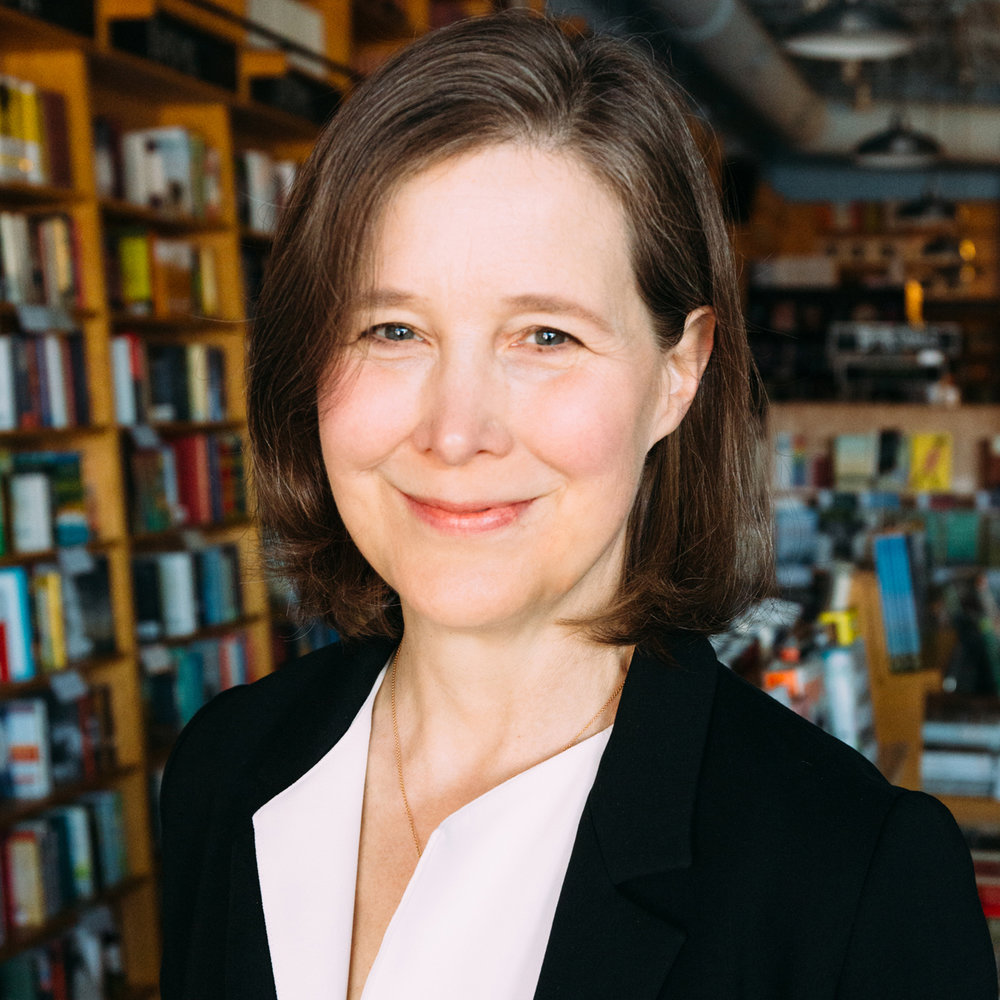
So, what is love? What is the crux of family relationships? What Danny and Maeve feel for each other is a bond of mutual dependence and survivorship. The depth of their caring is obvious. But beyond the intensity of their devotion, other affections, rivalries, betrayals, and animosities swirl.
Patchett seems to say that meanness can’t last the test of time. What is love? More than anything, it’s endurance.
An advance review copy was provided by NetGalley.
Gerald Everett Jones is author of Clifford’s Spiral and Preacher Finds a Corpse and host of GetPublished! Radio.

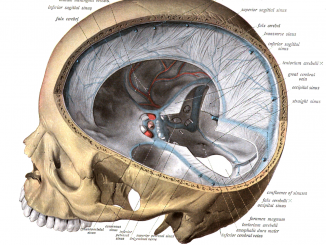
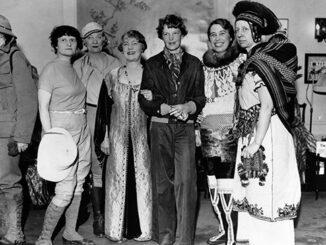
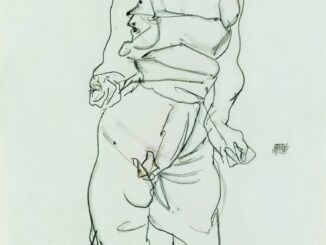
Be the first to comment